
SIDS is a short name for Sudden infant death syndrome. This term is used to refer to any sudden and unexpected death of an infant. Usually, the death occurs in children with no medical history and remains unexplained even after a comprehensive forensic autopsy and in-depth death scene investigation. SIDS is actually a diagnosis of exclusion; it is diagnosed only when all other possible causes of death are excluded. The exact cause of SIDS is yet unknown but there are many recognized risk factors. Getting more acquainted with all these details may possibly prevent it happening.
Risk factors for SIDS
As already mentioned, scientists and medical workers know very little about true biological causes of SIDS. However, it seems like putting infants to bed on their stomach increases the risk of their sudden and unexplained death. Scientists have established a couple of pre-natal and post natal-risks. It seems like children of teenage mothers are more prone to die of SIDS. Lower maternal education, lack of prenatal care and exposure to nicotine are all connected with unexpected infant deaths. Post-natal risks include keeping a baby in high-humidity and moldy rooms, low birth weight, sleeping position with lying on the stomach, absence of breastfeeding, premature birth, anemia, soft sleep surface and stuffed animals.
Prevention of SIDS
Even though there is no certain way to prevent SIDS, parents can do a lot to protect their children and decrease the chances for SIDS. First step is to keep the baby in safe and air conditioned environment. Parents should increase air circulation with fan use to decrease the levels of CO2 and ensure optimum oxygen supply to their child.
Parents are also encouraged to keep their baby in a naked crib, without any pillows, stuffed animals, bumper pads or other accessories. It is also important to avoid putting a blanked over infant’s head. Bumper pads should also be removed from the crib, as they may reduce the flow of oxygenated air into the child’s environment. It seems like rebreathing carbon plays an important role in this undesired event.
Breastfeeding seems to be very important since many scientific studies report ⅕ the rate of SIDS compared with non-breastfed infants. On the other hand, the studies have shown that pacifier use reduces the risk of SIDS. The exact mechanism is yet unclear but it may be connected with benefits achieved when the raised outside of the pacifier keeps the infant's head away from the mattress. According to the hypothesis, this may reduce the risk of suffocation.


_f_280x120.jpg)

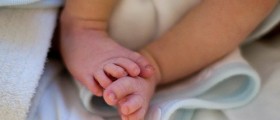


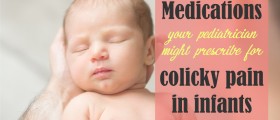



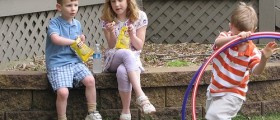
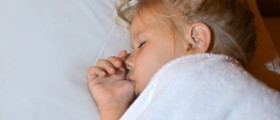
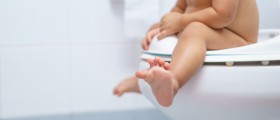
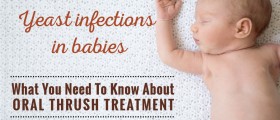
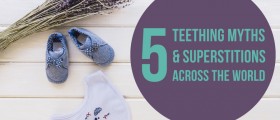

Your thoughts on this
Loading...